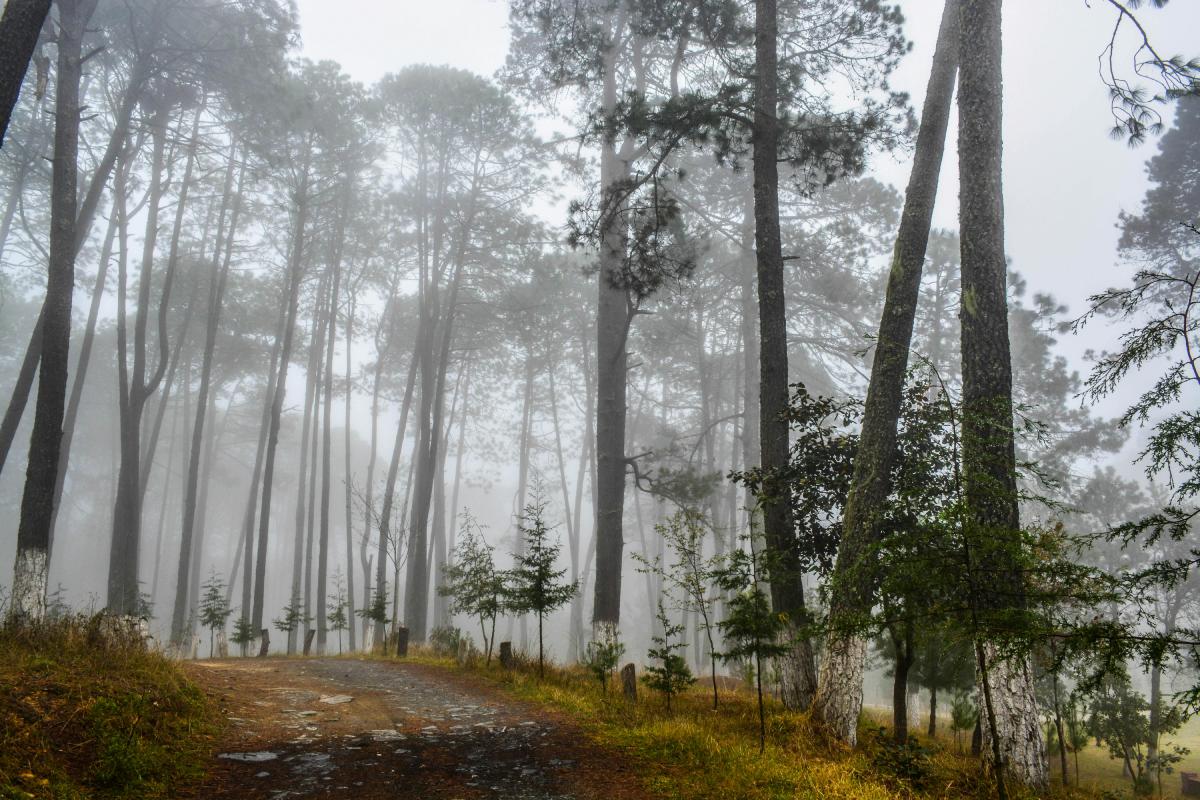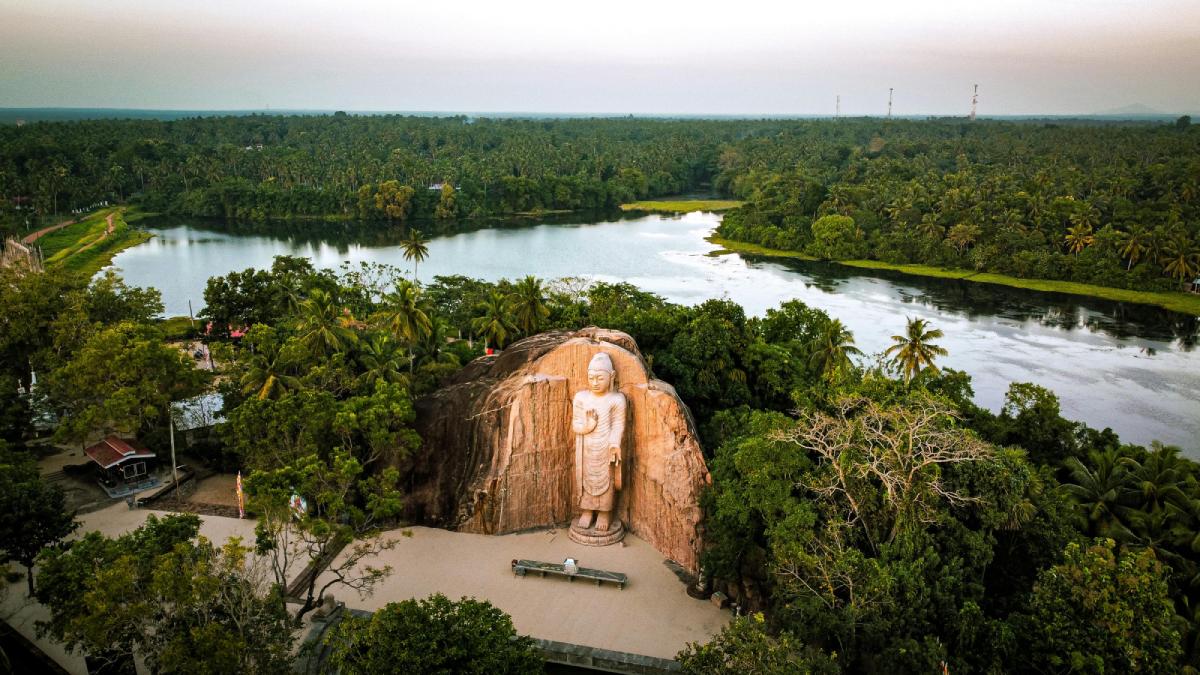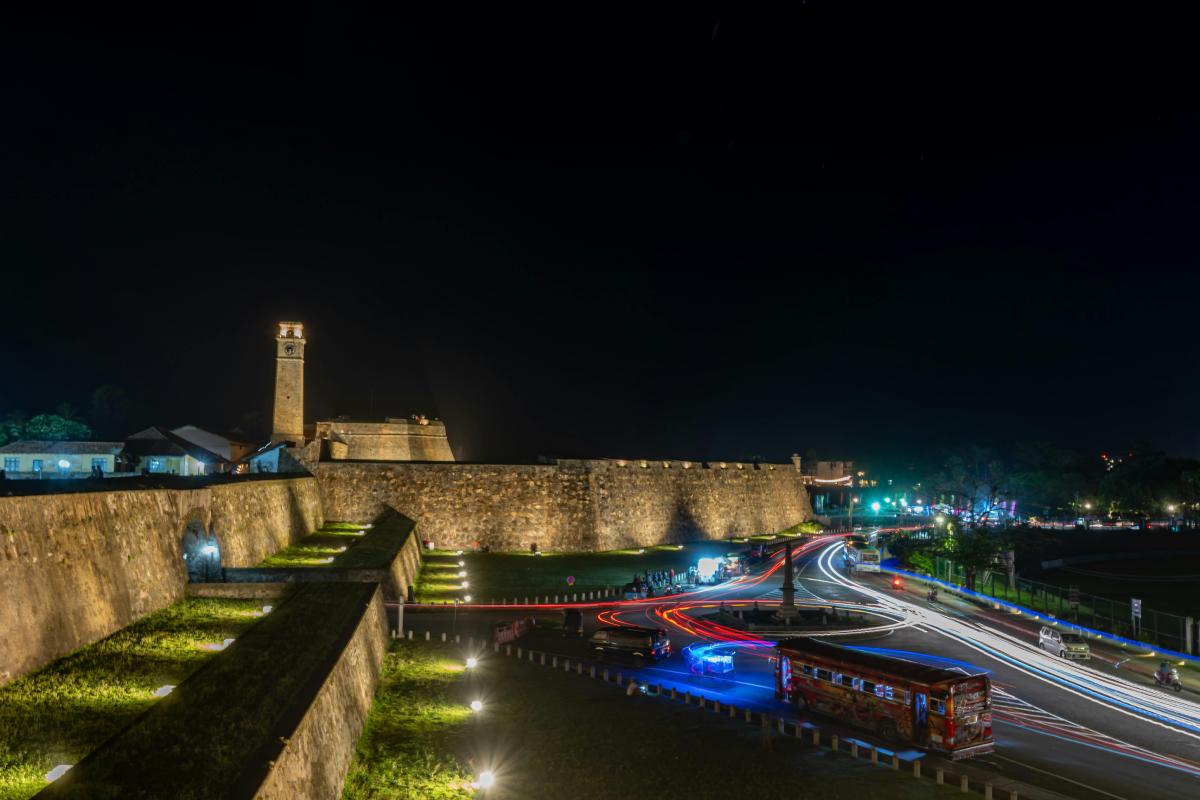Sri Lanka, the teardrop-shaped island in the Indian Ocean, has emerged as one of the world’s premier eco-tourism destinations. With its incredible biodiversity, varied landscapes, and growing commitment to sustainable travel practices, the country offers environmentally conscious travelers an authentic experience that supports conservation while celebrating local culture and natural wonders. Eco Tourism in Sri Lanka.
Natural Heritage: A Biodiversity Hotspot – Eco Tourism in Sri Lanka
Sri Lanka‘s remarkable biodiversity makes it an ecological treasure. Despite its relatively small size (about 65,610 square kilometers), the island hosts an astonishing variety of ecosystems, from misty cloud forests and sprawling wetlands to pristine beaches and vibrant coral reefs. The country has been recognized by Conservation International as one of the world’s 36 biodiversity hotspots, with thousands of plant and animal species found nowhere else on Earth.
This biological richness includes over 120 species of mammals, including the majestic Sri Lankan elephant (a subspecies of the Asian elephant), elusive leopards, sloth bears, and various primates. Bird enthusiasts can spot over 400 species of birds, with approximately 33 being endemic to the island. The waters surrounding Sri Lanka host blue whales, sperm whales, and diverse coral reef ecosystems teeming with marine life.
The country’s commitment to preserving this natural heritage is evident in its network of protected areas, which cover approximately 14% of the island’s land area, including 22 national parks, 4 nature reserves, and 61 sanctuaries.
Sustainable Tourism Initiatives
In recent years, the Sri Lankan government and private sector have increasingly focused on developing sustainable tourism practices that minimize environmental impact while maximizing benefits to local communities. The Sri Lanka Tourism Development Authority has implemented various eco-friendly initiatives, including:
- The “Green Directory” certification program for accommodations that meet specific environmental standards
- Training programs for local guides focused on conservation and sustainability
- Waste management systems in popular tourist destinations
- Regulations limiting development in sensitive ecological areas
Many eco-resorts and lodges across the island now operate with minimal environmental footprints, employing renewable energy sources, water conservation systems, and farm-to-table dining experiences using locally grown produce. These establishments often employ local staff and invest in community development projects, ensuring that tourism revenue benefits those living in and around natural areas.
Top Eco-Tourism Destinations in Sri Lanka
Sinharaja Forest Reserve
This UNESCO World Heritage Site is Sri Lanka’s last viable area of primary tropical rainforest. Spanning approximately 11,000 hectares, Sinharaja is home to over 50% of Sri Lanka’s endemic species, including rare birds, butterflies, insects, reptiles, and amphibians. Guided walks through the dense forest reveal the intricate relationships between species in this ancient ecosystem, while strict visitor management ensures minimal disruption to wildlife.
Yala National Park
As Sri Lanka’s most visited wildlife reserve, Yala National Park balances conservation with carefully managed tourism. The park is renowned for having one of the highest leopard densities in the world, along with significant populations of elephants, sloth bears, and crocodiles. Responsible safari operators limit vehicle numbers and follow strict guidelines to minimize wildlife disturbance while providing unforgettable sightings.
Knuckles Mountain Range
This dramatic mountain landscape, named for its resemblance to a clenched fist, encompasses diverse ecosystems ranging from cloud forests to savanna grasslands. The area offers magnificent hiking opportunities through remote villages, tea plantations, and pristine forests, where visitors can spot endemic birds and rare plant species. Community-based tourism initiatives in surrounding villages provide authentic cultural experiences while supporting local livelihoods.
Rekawa Beach
Unlike more developed coastal areas, Rekawa Beach has focused on conservation rather than commercial development. The beach is a major nesting site for sea turtles, and the Rekawa Turtle Conservation Project allows visitors to witness the magical sight of turtles coming ashore to lay eggs under strictly controlled, low-impact conditions. Local fishermen have transitioned to becoming turtle conservation guides, creating sustainable livelihoods through protection rather than exploitation.
Kanneliya Rainforest
Less visited than Sinharaja but equally impressive, Kanneliya offers a more intimate rainforest experience with fewer crowds. The forest’s extensive trail network takes visitors through dense vegetation alongside streams and waterfalls. Local community organizations provide guiding services and traditional meals, creating economic incentives for forest conservation.
Cultural Dimensions of Eco-Tourism
Sri Lanka’s rich cultural heritage is deeply intertwined with its natural environment. For over two millennia, the island’s Buddhist, Hindu, Muslim, and Christian traditions have shaped people’s relationship with the land, often emphasizing harmony and respect for nature.
Ancient water management systems known as “tanks” (man-made reservoirs) dating back to the 3rd century BCE demonstrate the sophisticated environmental knowledge of early Sri Lankan civilizations. These tanks not only provided water for agriculture but created wetland habitats that continue to support biodiversity today.
Eco-tourists can experience this cultural connection to nature through:
- Visiting ancient forest monasteries where Buddhist monks have lived in harmony with wildlife for centuries
- Learning about traditional agricultural practices that maintain biodiversity while providing sustainable livelihoods
- Participating in community-based tourism initiatives that showcase local crafts, cuisine, and cultural practices
- Exploring historical sites that demonstrate the integration of human settlements with natural features
Challenges and Future Direction
Despite its progress toward sustainability, Sri Lanka’s eco-tourism sector faces significant challenges. Increasing visitor numbers create pressure on fragile ecosystems, while climate change threatens coastal areas and temperature-sensitive species. Political instability and economic challenges have sometimes led to short-term decisions that prioritize immediate economic gains over long-term sustainability.
Balancing development with conservation remains an ongoing challenge. In some areas, unregulated construction has degraded natural habitats, while insufficient waste management systems struggle to cope with increased tourism. Water scarcity in certain regions creates competition between tourism facilities and local communities.
However, numerous positive developments suggest a promising future:
- Growing demand for authentic, sustainable travel experiences is creating market incentives for conservation
- Improved certification systems help travelers identify genuinely eco-friendly options
- Technological innovations are reducing the environmental footprint of tourism facilities
- Increased awareness among both visitors and locals about the value of natural resources
Responsible Travel Practices for Visitors
Travelers interested in experiencing Sri Lanka’s ecological wonders can maximize their positive impact through responsible choices:
- Select accommodations with recognized environmental certifications
- Support community-based tourism initiatives that benefit local residents
- Choose tour operators that follow wildlife viewing guidelines and employ local guides
- Minimize plastic usage and dispose of waste responsibly
- Respect cultural norms and seek permission before photographing people
- Purchase locally made products and foods to support sustainable livelihoods
- Consider carbon offset programs to mitigate the environmental impact of long-distance travel
Emerging Trends in Sri Lankan Eco-Tourism
Several innovative approaches are reshaping eco-tourism in Sri Lanka:
Regenerative Tourism
Moving beyond merely minimizing impact, some projects actively restore damaged ecosystems. Examples include coral reef restoration programs where tourists can participate in planting coral fragments, and reforestation initiatives that involve visitors in planting native tree species.
Wildlife Research Tourism
Programs that allow visitors to participate in scientific research projects are gaining popularity. These initiatives provide unique experiences for travelers while generating valuable data for conservation efforts, such as elephant population monitoring and sea turtle research.
Indigenous Knowledge Integration
Increasing recognition of traditional ecological knowledge is leading to tourism experiences that showcase indigenous practices. Programs highlighting traditional medicine, forest management techniques, and sustainable agriculture demonstrate alternative approaches to human-nature relationships.
Digital Minimalism Retreats
Responding to growing digital fatigue, eco-lodges are offering “digital detox” experiences that combine nature immersion with mindfulness practices. These retreats often incorporate traditional Sri Lankan wellness approaches such as Ayurveda and meditation.
Conclusion
Sri Lanka’s commitment to eco-tourism represents a promising model for sustainable development that benefits both nature and people. By preserving its extraordinary biodiversity while sharing its natural and cultural treasures with visitors, the island nation is demonstrating how tourism can contribute to conservation rather than degradation.
For travelers seeking meaningful connections with nature and authentic cultural experiences, Sri Lanka offers an unparalleled destination that combines spectacular natural beauty with a thoughtful approach to sustainability. As global environmental challenges intensify, Sri Lanka’s eco-tourism initiatives provide valuable lessons in balancing conservation with economic development and cultural preservation.
By choosing eco-friendly travel options in Sri Lanka, visitors not only experience the island’s remarkable biodiversity and cultural heritage but actively contribute to their preservation for future generations. This symbiotic relationship between responsible travelers and sustainable destinations represents the future of tourism in an increasingly environmentally conscious world.


